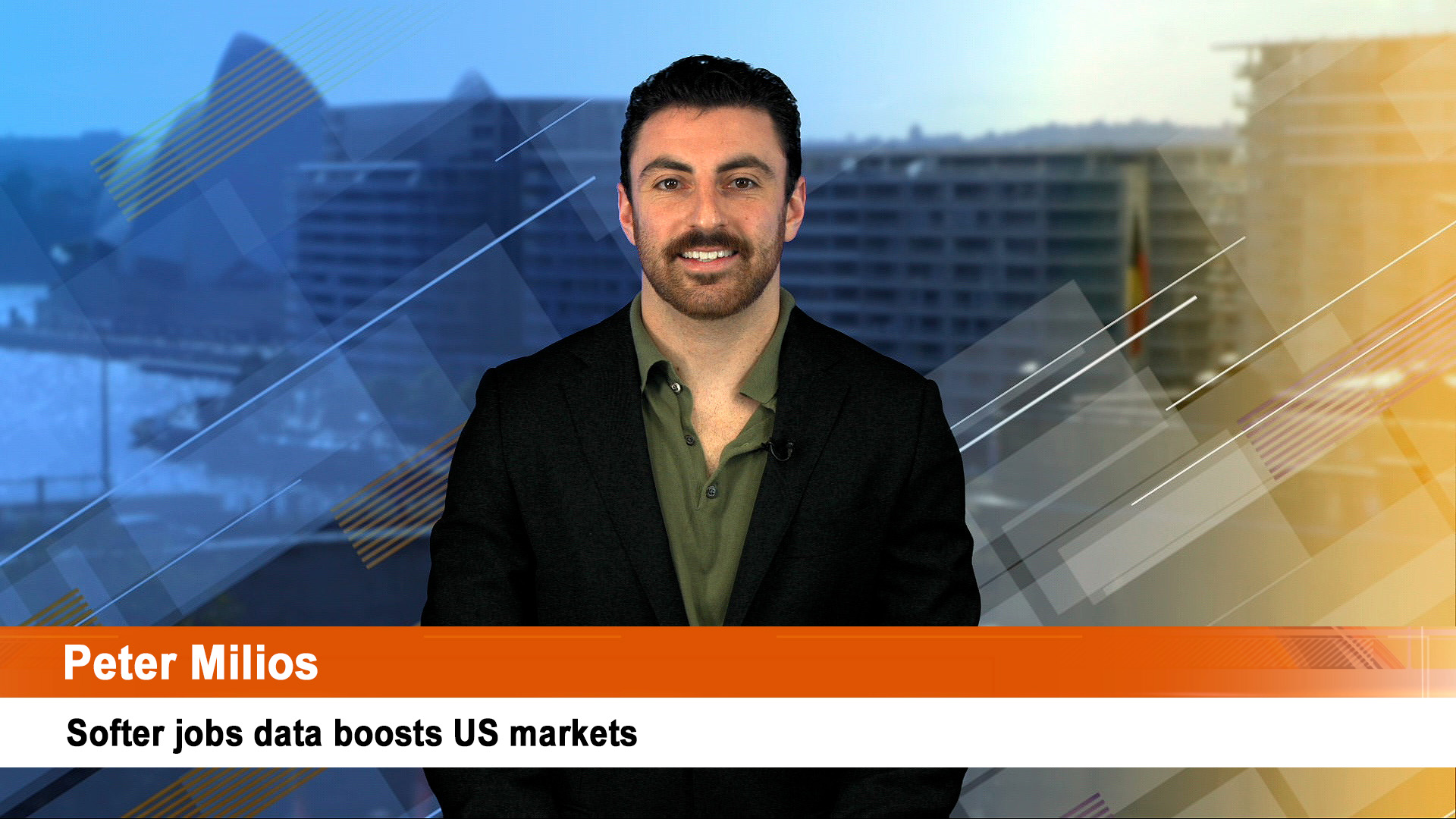You could round up the usual suspects so far as investment markets and all things economic are concerned this week but that would be a mistake – there’s more going on than meets the eye.
In fact, we are facing a clash of headline grabbers this week for investors to sort out.
Some confusion is very likely if things don’t go according to the script that’s been written by many analysts and economists.
There’s US earnings – especially from three tech majors (See the earnings story), the gathering rebound in global markets – would normally dominate this week and then the monetary policy decisions from the US Federal Reserve, the European Central Bank and the Bank of England.
This week also sees January’s jobs data in the US – it will come after the Fed’s decision. There’s also the global manufacturing activity surveys to be released on Wednesday (Tuesday in China).
Normally, decisions from the Fed and two of its major global peers, would hold attention all week, but such is the strength of the rebound in US tech shares that a rate rise from the Fed of 0.25% would be seen as a positive and send prices higher.
Most economists think the Fed will lift the Federal Funds Rate (FFR) by 0.25% to 4.50% to 4.75% and with current thinking the Fed will stop at 5%, there’s a feeling there is only one more increase to go.
The Fed could always lift the FFR by 0.50% and signal it is going to pause.
Canada’s central bank set the pace last week with a 0.25% lift in its key rate to 4.50% but more importantly, it sent a message that it was going to pause.
The hope is that the Fed, the ECB and the BoE follow suit, and that the Reserve Bank of Australia does the same the following week with an increase of 0.25% and then a wait and see signal.
Both the ECB and the BoE are tipped to raise rates by half a per cent this week. Inflation in both areas is easing, but nowhere near the pace we are seeing in the US at the moment.
Last Friday saw favourable news on US inflation pressures that confirmed they are easing: that helped markets rise for another day. Inflation seems to have peaked in the UK and across much of Europe (but not here in Australia).
As well there was further confirmation US wage growth is also easing but a further sign that consumer spending is easing with the Fed’s favoured indicator, the Personal Consumption Expenditure (PCE) figures showing a fall in December which in turn supported the drop in consumer spending in the December quarter in the first estimate of US 4th quarter GDP.
The key takeaway from the PCE inflation index report was that the core inflation fell in December by 0.3%. The preferred inflation index used by the Federal Reserve was at 4.7% year-over-year in November and declined to 4.4% year-over-year last month.
That is still too high and will see at least one rise of 0.25% – this week, and perhaps another in six weeks’ time.
Economists think there will be a further slowing in the number of new jobs created in January – 175,000 is the estimate which would be down sharply from the 223,000 in December.
The AMP’s Chief Economist, Shane Oliver says there could be a small rise in the jobless rate to 3.6% from 3.5% in December and a further slowing in wages growth. That will be after data on employment costs, job openings and early car sales figures for January.
And the December quarter earnings season hits one of its two busiest weeks this week.
In Europe the ECB is expected to raise rates by another 0.5% taking its main refinancing rate to 3% with its guidance likely to remain hawkish (noting that it has lagged the US in monetary tightening).
Dr Oliver says Eurozone December quarter GDP (Tuesday) is expected to have slowed to +0.1%qoq, January CPI inflation is expected to slow to 9.1%yoy (from 9.2%) with core inflation falling to 5%yoy (from 5.2%) and unemployment is expected to have remained unchanged in December at 6.5%.
In the UK the Bank of England (Thursday) is also expected to hike by another 0.5% taking its policy rate to 4%.
Japanese jobs and industrial production data for December will be released tomorrow, along with manufacturing activity survey details for January.
China’s business activity surveys for January (Tuesday and Wednesday) are expected to bounce back from December’s weak levels, reflecting the recent reopening after the Covid easings.
In Australia, December retail sales (tomorrow) are expected to have fallen -0.5% partly as payback for the 1.4% jump in November as a result of seasonal distortions due to Black Friday and Cyber Monday sales,
CoreLogic data (on Wednesday) is expected to show a further 1.1% fall in home prices in January, December building approvals (Thursday) are expected to rise by 4% after falling 9% in November and housing finance (Friday) is likely to fall another 2.5%.
The Australian December half earnings reporting season will begin to get underway but with only a few companies reporting including Credit Corp, IGO, Amcor, REA and News Corp (Friday morning, Sydney time).
Dr Oliver says consensus earnings expectations for 2022-23 are for growth of 6.5%, but this will be concentrated in energy, industrials, IT and utility stocks and some parts of retailing.













